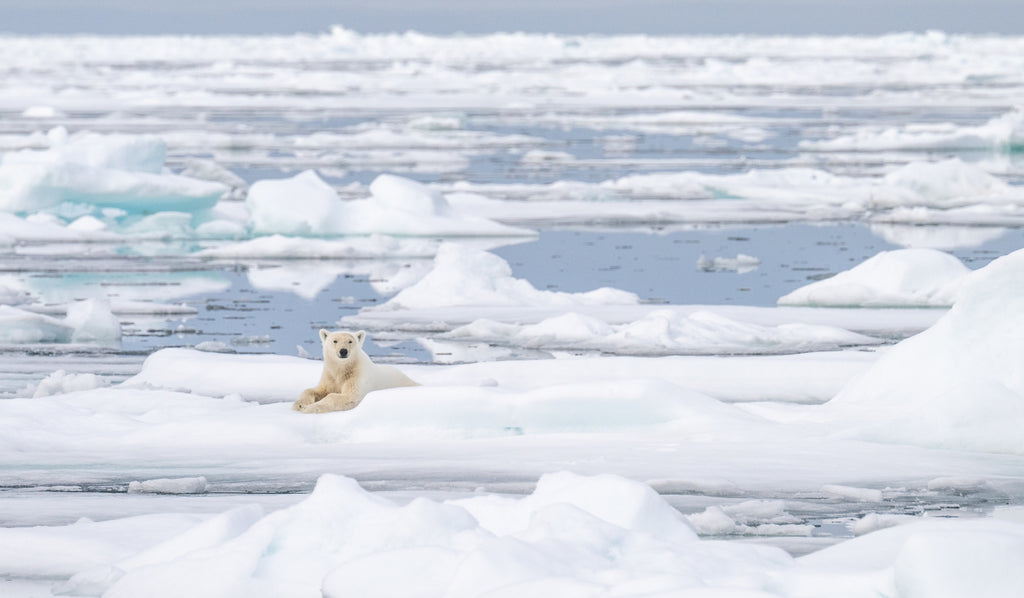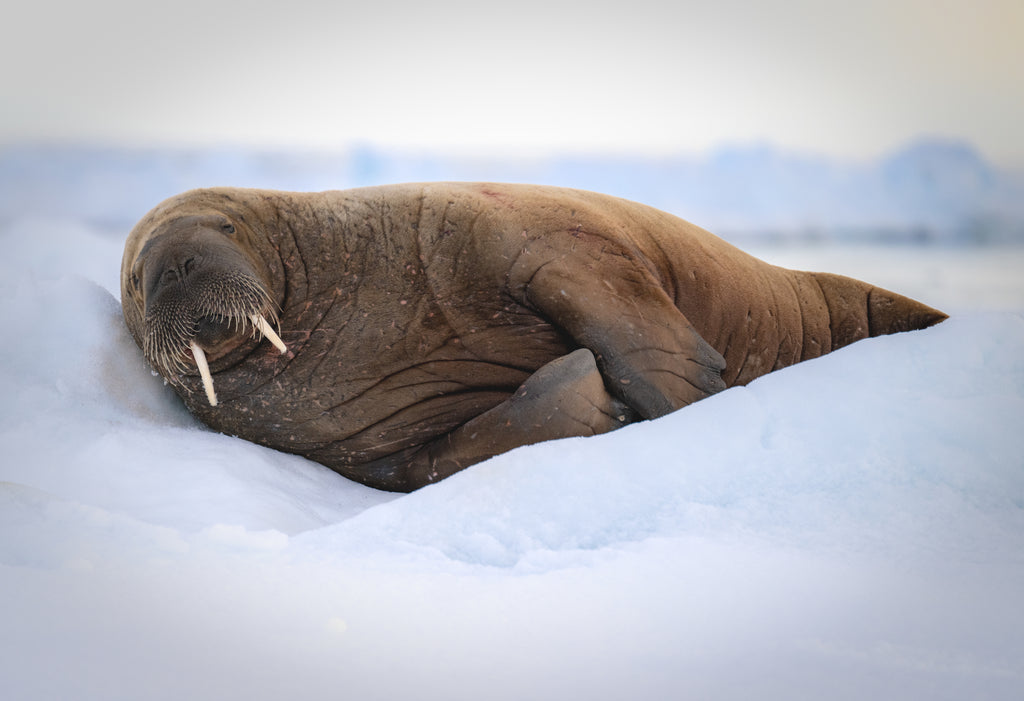I spend my days summering in the polar regions. My year is split mainly between the Arctic—where my heart belongs, and Antarctica. I work as an expedition leader and guide for tourism, film production and research projects. What I do professionally is a lifestyle choice, if not somewhat of an addiction, and I am privileged to spend my days experiencing and documenting some of the most remote environments on earth.

Through my work, I have witnessed dramatic environmental changes in a short time. I have observed massive sections of ice calving off glacier fronts into the ocean with higher frequency than in the recent past. I have watched waterfalls cascading off icecaps in summer and runoff from rapidly melting snow pouring down arctic slopes in the spring. Air and ocean surface temperatures fluctuate more significantly, season to season, with temperature records broken almost annually.

While hiking in glacially-carved valleys, I’ve looked closely at moraines that indicate the height and extent of the glacial ice that had been present on the landscape in the not-too-distant past. The rate and amount of ice loss in some areas is staggering. I have travelled to 83°N in a ship with no ice-strengthening during a summer of well-below-average sea ice extent, and I have experienced rainfall so heavy in the Arctic that if I closed my eyes, I could image myself at home in the temperate rainforest on the coast of British Columbia.
I can often be found on a boat with my binoculars pressed to my face, eagerly scanning for one of the most iconic arctic animals: the polar bear. I have spent countless hours searching for and watching polar bears from small ships, from RIBs and, following proper safety protocols, from land. Polar bears depend upon seasonal sea ice formation to provide a solid platform on which they can travel incredible distances in search of marine mammals, mainly seals, to hunt. With changes to both the density and extent of seasonal sea ice and a decrease in the number of days per year that it is present, the quality of habitat, opportunity for hunting and accessibility of specific prey species for polar bears has resultingly shifted.

For any animals living in polar regions, using the word difficult to describe their existence is an understatement. Conditions can be dramatically different from region to region and year to year. It is undeniable that change is constant, but we cannot deny that the Arctic has warmed at a rate about four times faster than the global average over the last 43 years.

Are all the polar bears we are seeing skinny? No. In fact, some of the bears I observed over the last couple of summers in Svalbard and Arctic Canada were so healthy they would be considered extremely fat on the Standardized Fatness Index for polar bears—no joke. I have seen polar bears of all different body conditions over the last decade, ones that take risks and attempt to hunt walrus and scale vertical cliffs in search of bird’s eggs and those that have pursued and successfully killed reindeer on land. I have observed mother bears and cubs chased across the ice by other bears, sometimes resulting in a cub being killed and consumed and other bear cubs grow so fat from a summer spent feeding from a rotting whale carcass that their bellies appeared to brush the ground as they walked.

As someone who has dedicated their life to exploring and documenting the polar regions, I have witnessed the profound environmental changes taking place in these remote landscapes. The Arctic is warming at an alarming rate, and the effects are reverberating throughout the ecosystem. While not all polar bears are starving, it's essential to recognize the dynamic nature of their existence and the challenges they face in an ever-changing environment. Earth Day 2024 serves as a poignant reminder of our collective responsibility to protect these fragile and vital regions and the incredible creatures that call them home.
Author: Mustang Survival ambassador, Moira Le Patourel
Moira's favourite Mustang Survival piece: Slipstream Foam Vest
"The design is extremely comfortable and non-restrictive for kayaking, SUP’ing, operating outboard engines and any required movements for retrieving items from the water or clambering around on deck or in/out of smaller vessels. The vest size adjustments are exactly where they need to be, the large zipper is great for cold hands! This vest travels with me all over the world for guiding in the polar and temperate regions."





